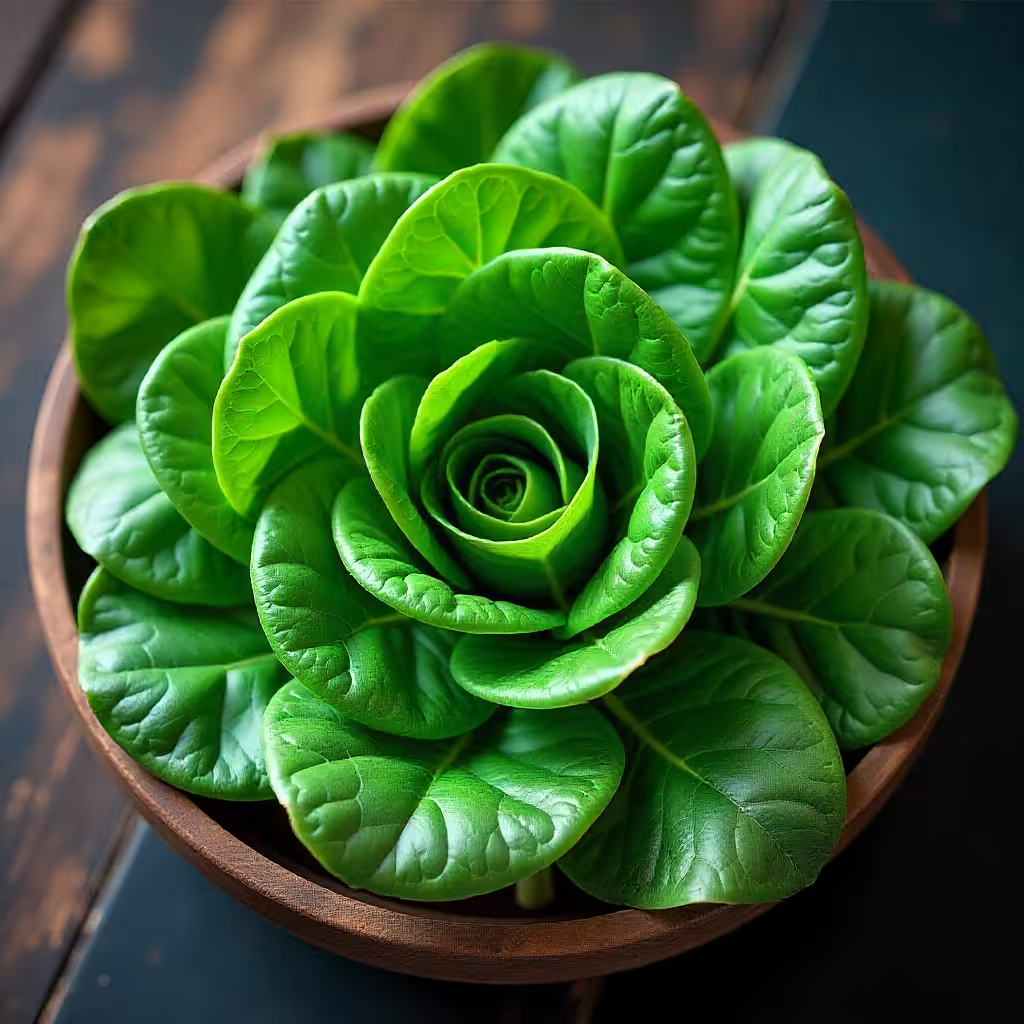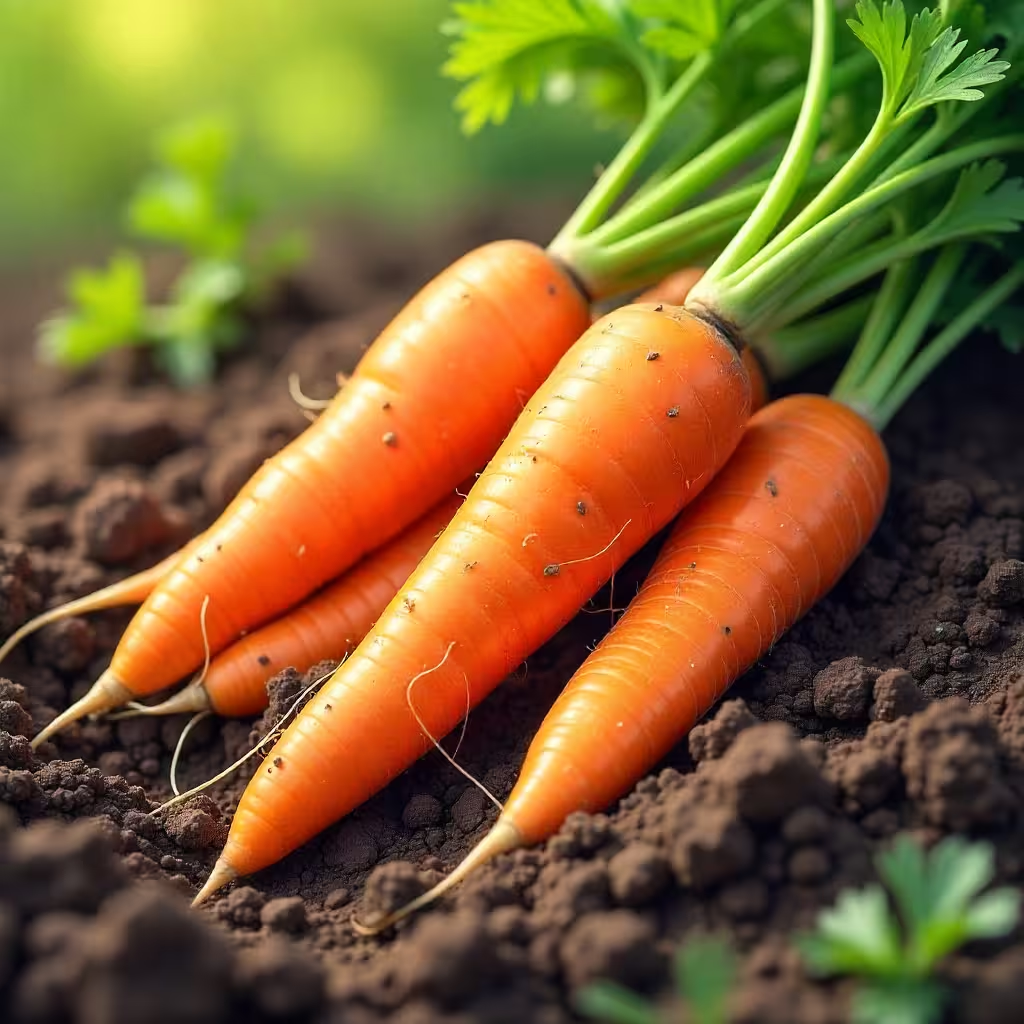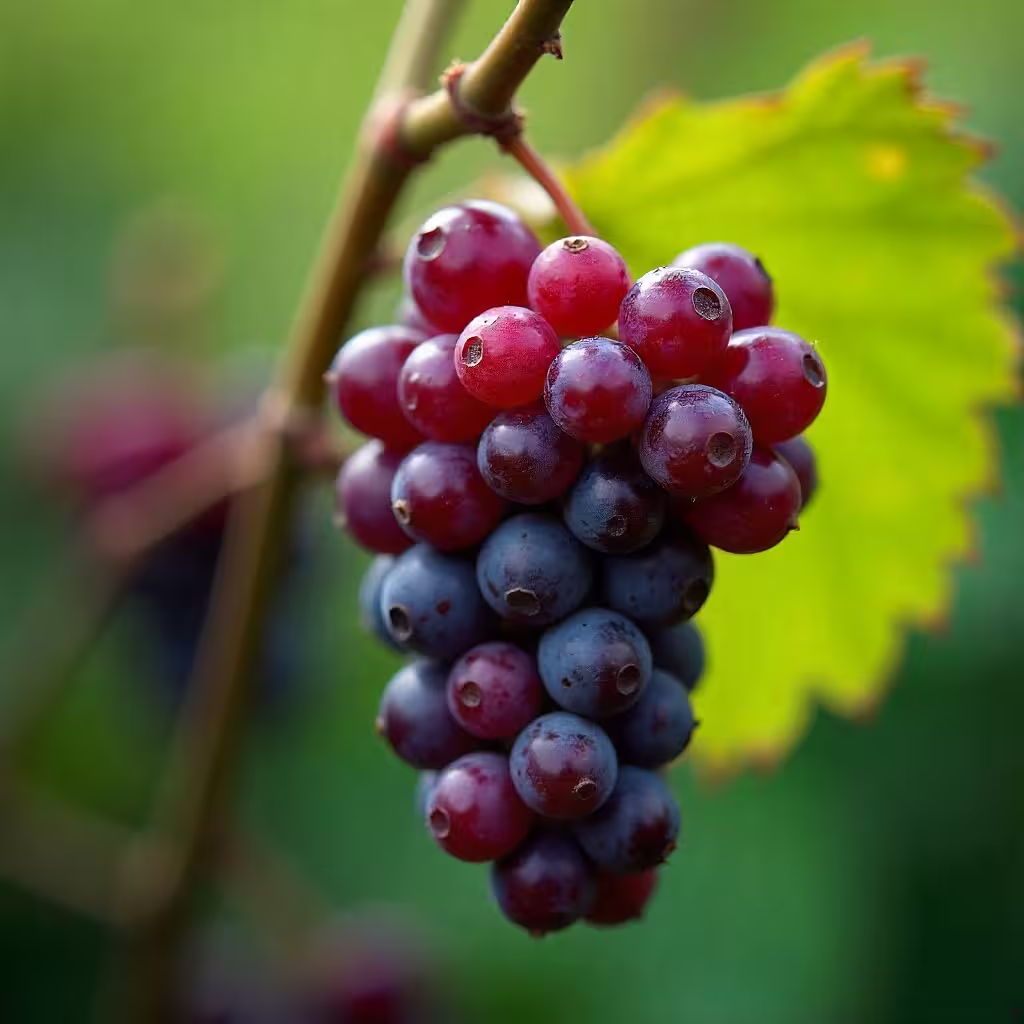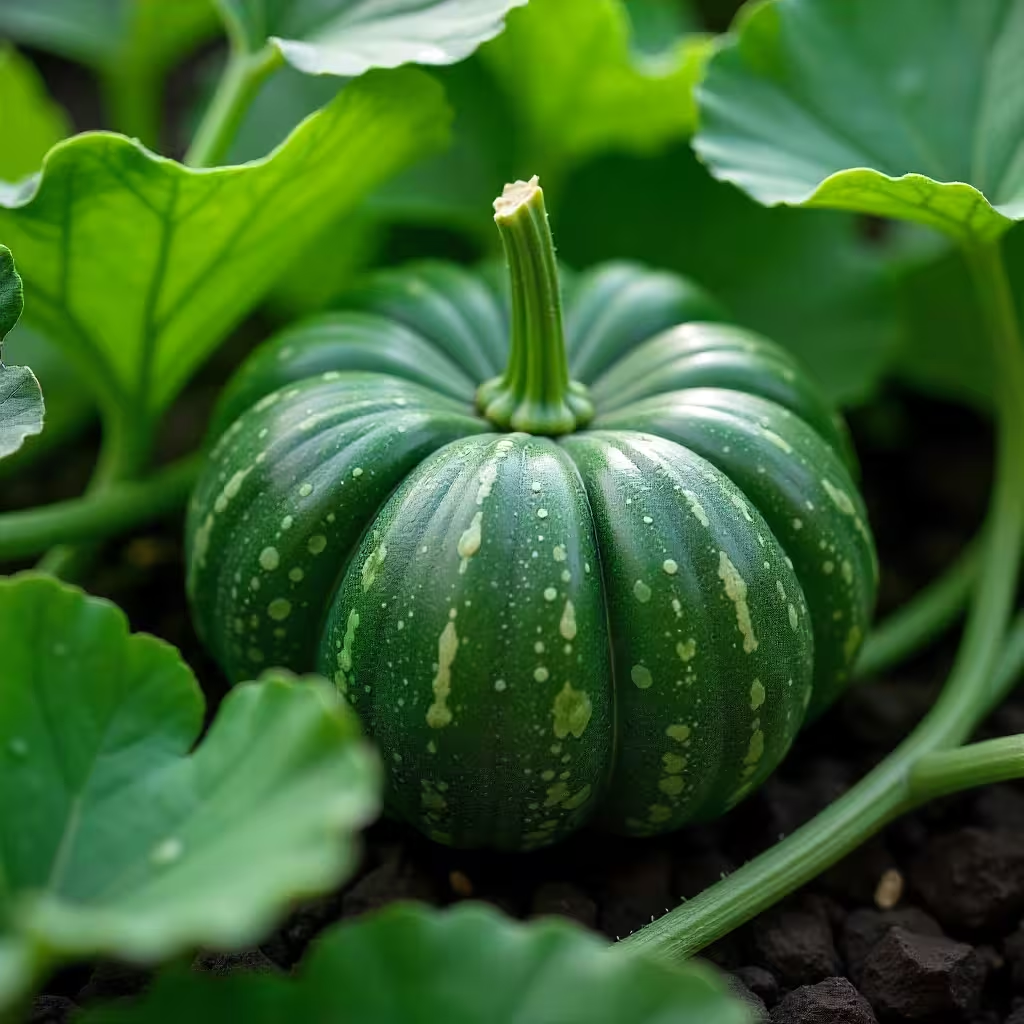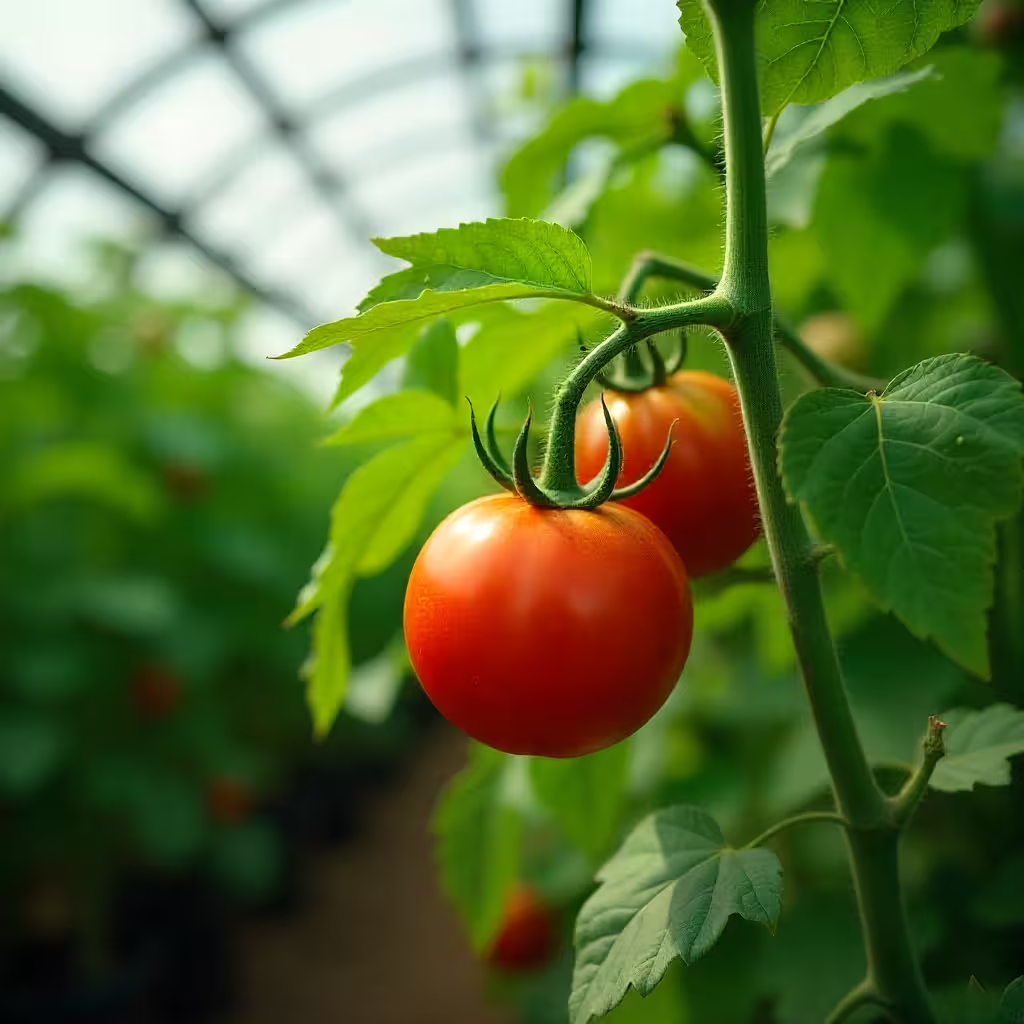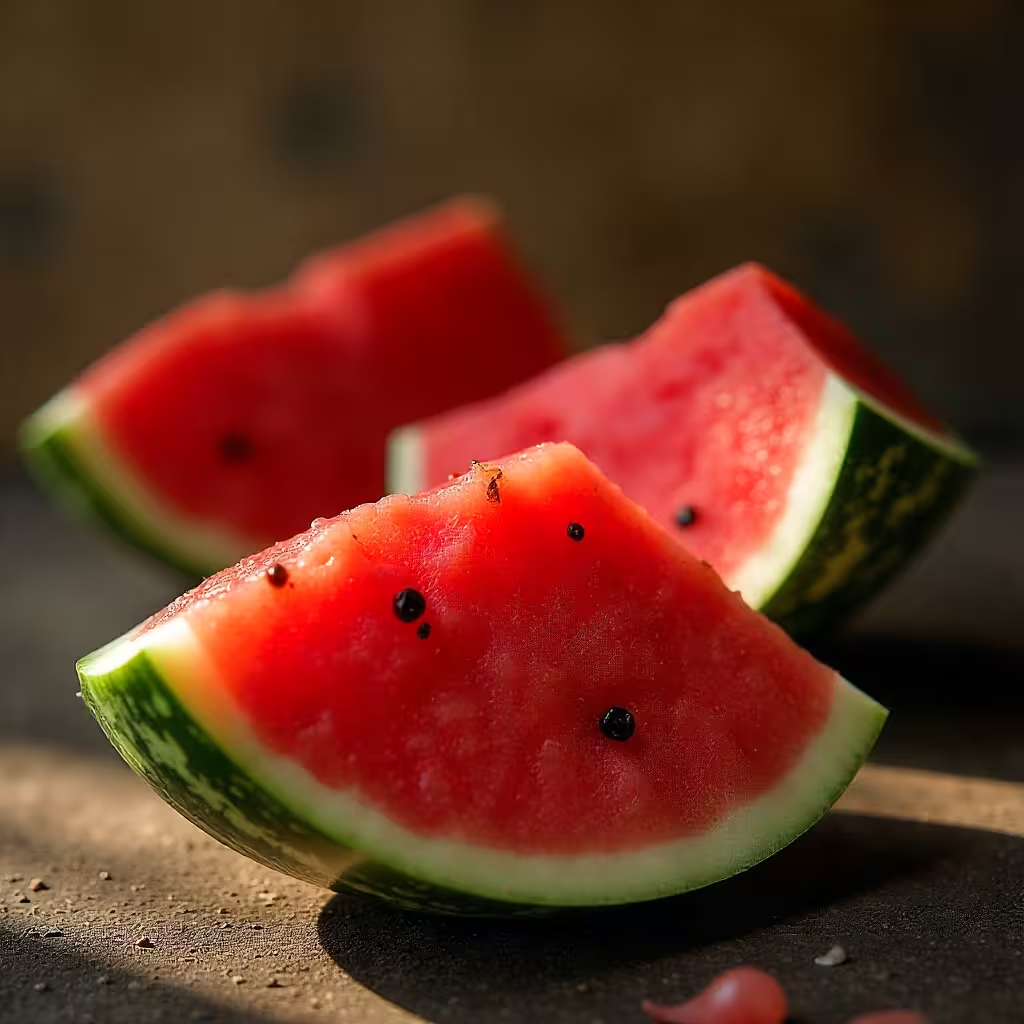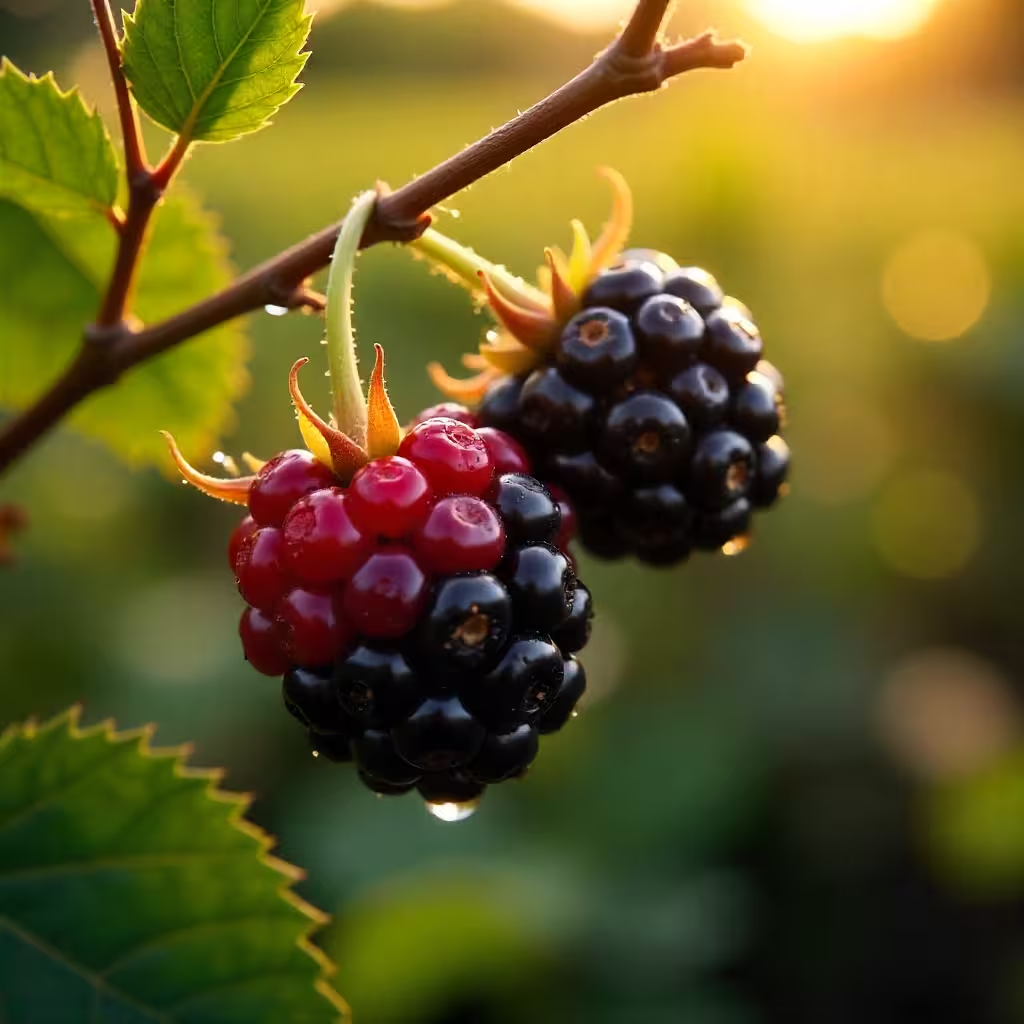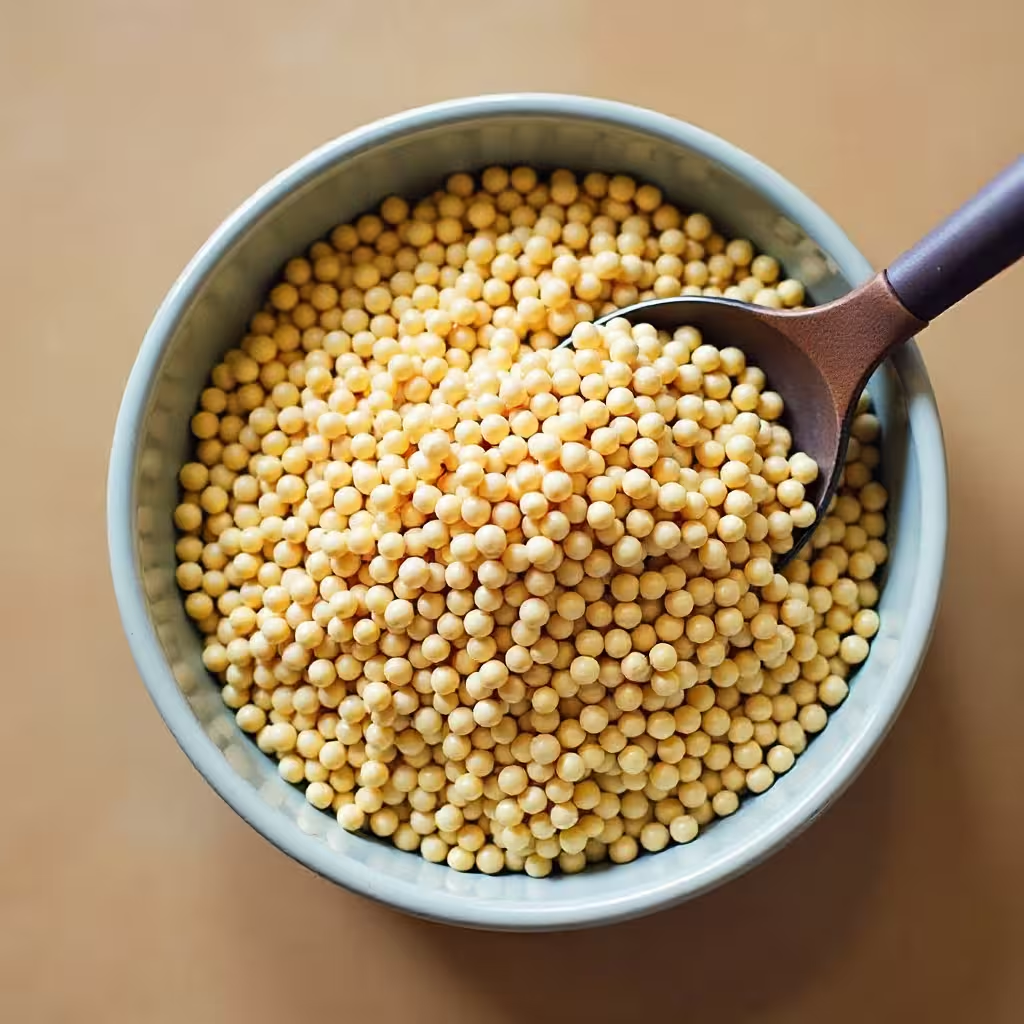Pumpkin's Powerful Nutritional and Health Benefits
Pumpkin stands as one of nature's most nutrient-dense and versatile foods, offering exceptional health benefits that extend from cardiovascular protection to immune support, vision enhancement, and disease prevention. This vibrant orange squash derives its remarkable nutritional profile from exceptionally high levels of beta-carotene, which the body converts to vitamin A, providing over 200% of the daily requirement in just one cup of cooked pumpkin, along with substantial amounts of vitamin C, vitamin E, potassium, fiber, and powerful antioxidants including lutein and zeaxanthin. The cardiovascular benefits of pumpkin are substantial: its high potassium content (564 mg per cup) helps regulate blood pressure by counteracting sodium's effects and relaxing blood vessel walls, while its fiber content reduces cholesterol absorption in the intestines, lowering LDL cholesterol levels and reducing heart disease risk. The antioxidants in pumpkin, particularly beta-carotene and vitamin C, prevent oxidation of cholesterol particles that would otherwise damage arterial walls and contribute to atherosclerosis, while also reducing inflammation throughout the cardiovascular system. Pumpkin seeds, often discarded but incredibly nutritious, contain heart-healthy omega-3 fatty acids, magnesium that supports heart rhythm and blood pressure regulation, zinc for immune function, and plant compounds that improve cholesterol profiles and reduce prostate enlargement in men. The high fiber content in pumpkin promotes digestive health, supports beneficial gut bacteria, aids in weight management by increasing satiety, and helps regulate blood sugar levels by slowing carbohydrate absorption, making it particularly valuable for preventing and managing type 2 diabetes. Pumpkin's vitamin A content is crucial for maintaining healthy vision, particularly night vision, and may reduce the risk of age-related macular degeneration and cataracts, while also supporting skin health, immune function, and reproductive health. The anti-inflammatory properties of pumpkin's antioxidants may reduce the risk of certain cancers, particularly those of the digestive system, while supporting overall cellular health and reducing chronic disease risk. Pumpkin is remarkably versatile in the kitchen: the flesh can be roasted, pureed for soups and sauces, added to stews and curries, baked into breads and muffins, or simply steamed as a vegetable side dish; the seeds can be roasted with spices for a nutritious snack; and even the flowers and young leaves are edible and nutritious. With only 49 calories per cup, pumpkin provides exceptional nutritional density while supporting weight management, making it an ideal food for populations facing both undernutrition and rising obesity rates. The fact that pumpkin is drought-resistant, grows well in diverse climates, stores for months without refrigeration, and produces high yields makes it not only a nutritional powerhouse but also a food security crop that can address multiple health challenges simultaneously. For maximum health benefits, pumpkin should be consumed with a small amount of healthy fat like olive oil, as the fat-soluble vitamins A and E require fat for optimal absorption, and both the flesh and seeds should be regularly incorporated into the diet to obtain the full spectrum of cardiovascular, metabolic, immune, and vision-protecting benefits this remarkable food provides.
Featured Content

Pumpkin holds exceptional promise for addressing multiple health and food security challenges across Africa, where it is already cultivated in many regions but remains significantly underutilized despite its remarkable nutritional benefits and agricultural advantages. The importance of pumpkin for African populations is multifaceted: it provides critical vitamin A to combat widespread deficiency affecting millions of African children and contributing to blindness, immune dysfunction, and increased mortality from infectious diseases; it offers cardiovascular protection for populations experiencing rapid increases in hypertension, diabetes, and heart disease due to urbanization and dietary transitions; it serves as a drought-resistant, climate-resilient crop that produces substantial yields even in challenging agricultural conditions; and it provides food security through its long storage life without refrigeration, making it available during lean seasons when fresh produce is scarce. African countries can dramatically expand pumpkin's health impact through strategic interventions: agricultural extension programs should promote improved pumpkin varieties with higher beta-carotene content and disease resistance, providing seeds and training to smallholder farmers; nutrition education campaigns should highlight pumpkin's specific benefits for children's vision and growth, maternal health, and cardiovascular disease prevention, using community health workers, radio programs, and mobile health initiatives to reach diverse populations; school feeding programs should incorporate pumpkin regularly into meals, normalizing its consumption among children while addressing vitamin A deficiency and establishing lifelong healthy eating patterns; food processing initiatives can develop shelf-stable pumpkin products like dried pumpkin powder, pumpkin flour for baking, and canned pumpkin puree that extend availability year-round and create income opportunities; public markets should feature pumpkin prominently with educational materials about preparation methods and health benefits displayed in local languages. Countries like Kenya, Nigeria, South Africa, Uganda, and Zimbabwe already grow substantial pumpkin quantities but much is fed to livestock or goes to waste due to lack of awareness about human nutritional value and limited culinary knowledge beyond basic preparations. African chefs and nutritionists should develop recipes that integrate pumpkin into beloved traditional dishes—adding it to stews, soups, porridges, vegetable preparations, and baked goods—demonstrating how it enhances both nutrition and flavor. Healthcare facilities treating hypertensive and diabetic patients should prescribe pumpkin consumption as part of dietary therapy, providing samples and preparation instructions to ensure compliance. Women's agricultural cooperatives can focus on pumpkin cultivation as a cash crop for both domestic markets and processing industries, creating economic opportunities while improving community nutrition. Given Africa's young population, high rates of vitamin A deficiency, rising cardiovascular disease burden, and vulnerability to climate change affecting food security, pumpkin represents a remarkably cost-effective intervention that simultaneously addresses malnutrition, chronic disease prevention, agricultural resilience, and economic development, making its promotion one of the highest-return public health investments African nations can make.
Additional Insights

Rwanda possesses ideal conditions for making pumpkin a cornerstone of national nutrition and cardiovascular health strategies, with suitable climate across all provinces, existing cultivation knowledge, and strong health system infrastructure for implementing comprehensive pumpkin promotion programs. The importance of pumpkin for Rwanda is compelling: vitamin A deficiency affects approximately 38% of Rwandan children under five, contributing to impaired growth, weakened immunity, and preventable blindness; cardiovascular disease and hypertension rates are rising rapidly, particularly in urban areas; and food security remains a priority despite impressive agricultural gains. Rwanda can implement systematic pumpkin interventions through its proven community-based health system: the Ministry of Health should incorporate pumpkin into national nutrition guidelines with specific recommendations for daily consumption amounts for children, pregnant women, and individuals with cardiovascular risk factors; community health workers already conducting home visits can distribute pumpkin seeds for kitchen gardens, demonstrate preparation methods, and monitor consumption as part of their household health assessments; Rwanda's One Cow per Family program (Girinka) can be complemented with "One Pumpkin Vine per Family" initiatives, providing improved seed varieties and training through the same community structures. Schools throughout Rwanda should cultivate pumpkin in school gardens, teaching children about nutrition while providing vitamin A-rich meals through feeding programs, with students taking seeds home to plant in family gardens. Rwanda Agriculture Board can develop high-beta-carotene pumpkin varieties specifically suited to Rwandan growing conditions and distribute them through agricultural cooperatives and input suppliers. District hospitals and health centers should stock pumpkin seeds and provide them to hypertensive and diabetic patients with preparation instructions in Kinyarwanda, positioning pumpkin as prescribed "food medicine" covered under Mutuelle de Santé wellness programs. Urban markets in Kigali, Huye, Musanze, and other cities should feature pumpkin prominently with government-supported awareness campaigns explaining cardiovascular and vision benefits, targeting both consumers and vendors. Rwanda's successful community health clubs (amasangano) provide perfect platforms for pumpkin cooking demonstrations, nutrition education, and recipe sharing among neighbors. The country's commercial agricultural sector can develop processed pumpkin products—dried pumpkin chips, pumpkin flour, pumpkin seed snacks—creating value chains that generate employment while improving nutrition access year-round. Radio Rwanda and community radio stations can broadcast regular programs about pumpkin's health benefits, featuring testimonials from community members who have improved their blood pressure or children's health through regular consumption. Given Rwanda's compact geography, efficient administration, and track record of successful health campaigns from family planning to malaria prevention, a national pumpkin promotion initiative could achieve rapid population-level impact, potentially reducing childhood vitamin A deficiency and supporting cardiovascular health improvement within just a few years of sustained implementation.
In-depth Analysis
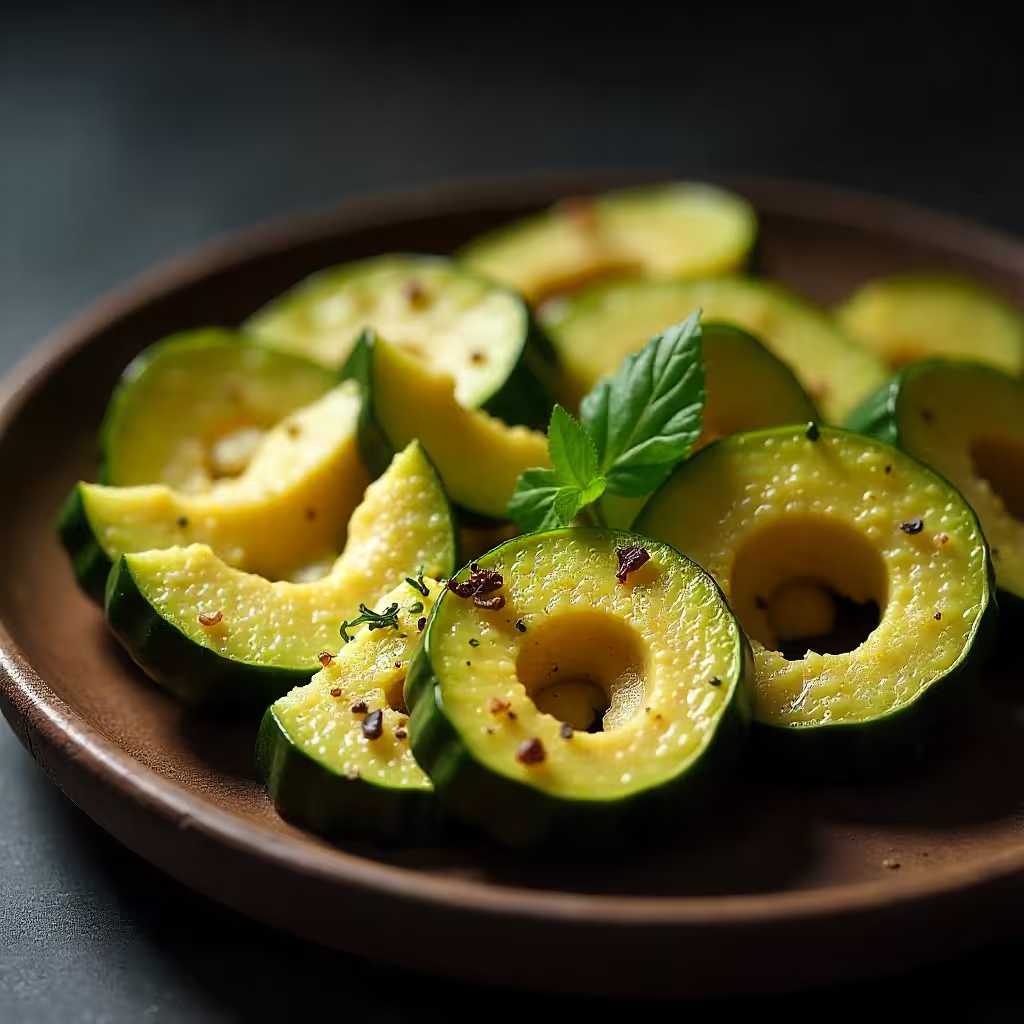
Rural Rwanda presents the greatest opportunity for pumpkin impact because most Rwandans live in rural areas where agricultural land is available, vitamin A deficiency rates are highest, cardiovascular health awareness is lowest, and access to diverse vegetables is most limited, yet pumpkin grows easily in rural conditions and requires minimal inputs. The importance of promoting pumpkin in rural Rwanda is urgent: rural children suffer disproportionately from vitamin A deficiency due to limited dietary diversity and inadequate access to fortified foods available in cities; hypertension is rising in rural areas but often goes undiagnosed and untreated, making dietary prevention essential; rural households face seasonal food insecurity when stored crops deplete and cash for purchasing vegetables is scarce; and rural agricultural knowledge systems are strong, meaning pumpkin cultivation techniques spread rapidly once demonstrated. Rural Rwandans can easily cultivate pumpkin using existing agricultural practices: community health workers visiting households for routine health promotion can distribute improved pumpkin seeds and demonstrate planting along compound edges, on hillside terraces between other crops, or in kitchen gardens where pumpkin vines utilize vertical space on simple trellises made from locally available materials; agricultural extension workers already training farmers on crop diversification can emphasize pumpkin's nutritional value alongside its agronomic advantages like nitrogen fixation, drought tolerance, and pest resistance. Rural families can plant pumpkin during rainy seasons when other crops are planted, requiring no additional labor beyond occasional weeding, and harvest mature pumpkins that store for 3-6 months without refrigeration, providing food security during dry seasons. Community seed banks operated by farmer cooperatives can stock improved pumpkin varieties, ensuring rural households have consistent access to quality seeds without traveling to distant markets. Rural churches, which serve as central community gathering places, can establish demonstration pumpkin gardens with church members learning cultivation and preparation techniques during community work days, then replicating in home gardens. Village health workers can conduct cooking demonstrations during community health education sessions, showing rural women how to incorporate pumpkin into everyday meals: adding diced pumpkin to bean stews, mashing cooked pumpkin with other vegetables, including pumpkin in vegetable soups, roasting pumpkin slices as side dishes, or grinding dried pumpkin into flour for mixing with cassava or maize flour to increase nutritional value of ubugali (staple porridge). Rural households can roast pumpkin seeds collected from their harvest, creating nutritious snacks for children while teaching them to value all parts of the crop. Sector-level health centers can maintain small pumpkin seed reserves specifically for distribution to households with malnourished children identified during growth monitoring sessions, providing seeds along with preparation education. Community nutrition volunteers trained through health centers can visit rural households with young children or family members with high blood pressure, providing hands-on training in pumpkin preparation and connecting cardiovascular health and child nutrition to this accessible, locally-grown crop. Rural primary schools can incorporate pumpkin cultivation into agricultural education programs, with students planting, tending, harvesting, and preparing pumpkin as part of practical learning, taking knowledge and seeds home to family gardens. Village savings and loan associations prevalent in rural Rwanda can allocate small amounts for collective pumpkin seed purchases, distributing to members and sharing harvest knowledge. The beauty of pumpkin for rural Rwanda lies in its perfect alignment with existing agricultural practices, household gardening capabilities, cultural acceptance as food, minimal cost requirements, exceptional nutritional density providing both vitamin A for children and cardiovascular benefits for adults, long storage eliminating preservation challenges, and multiple usable parts from flesh to seeds to young leaves, making it an ideal crop for improving rural nutrition, preventing disease, and enhancing food security through resources and knowledge already present in rural communities requiring only modest promotion and education to achieve transformative health impact.
Key Highlights

Final Thoughts



